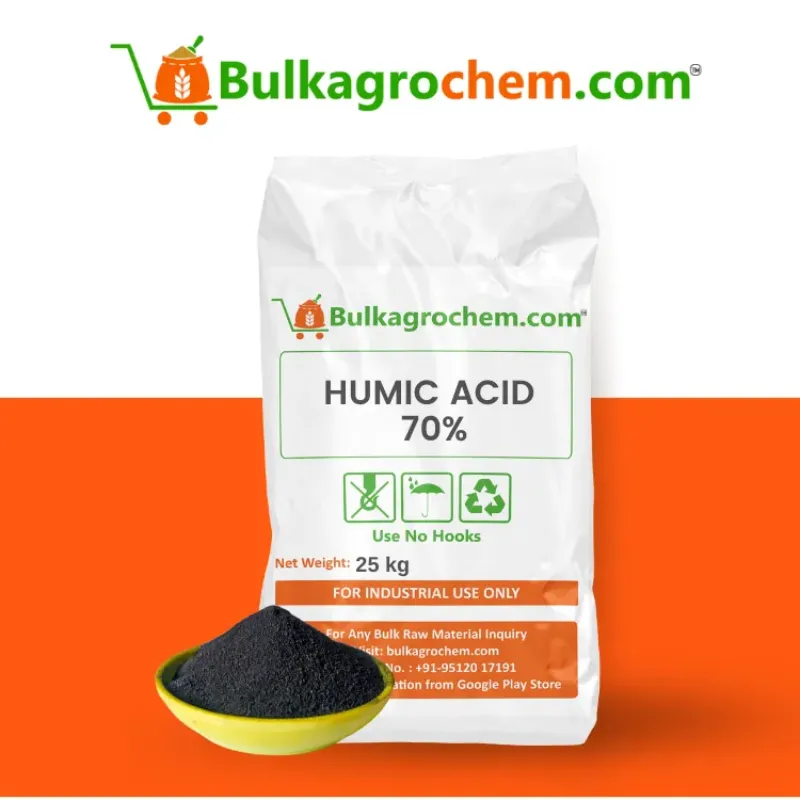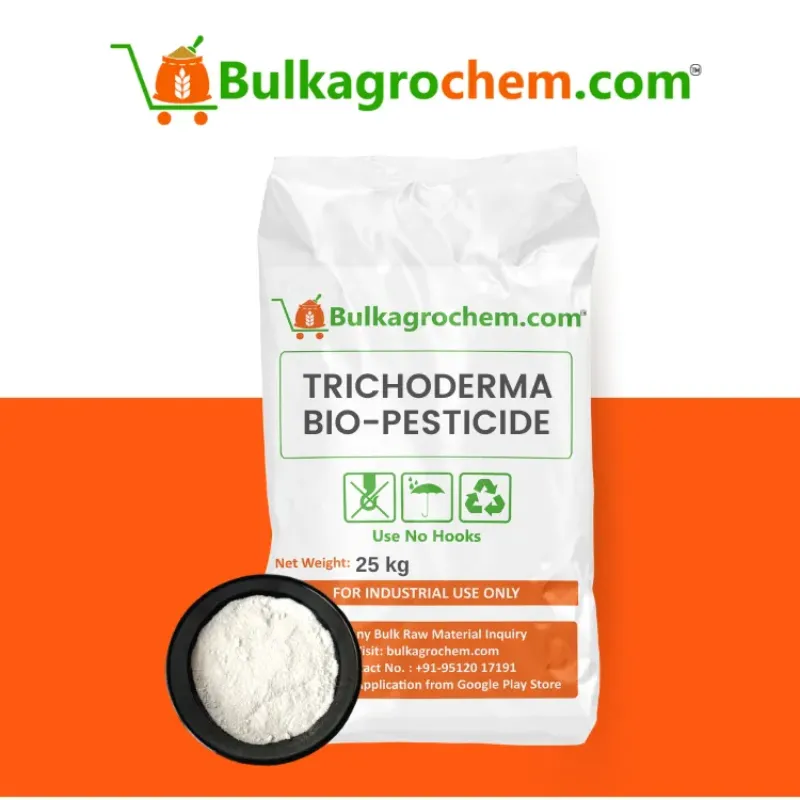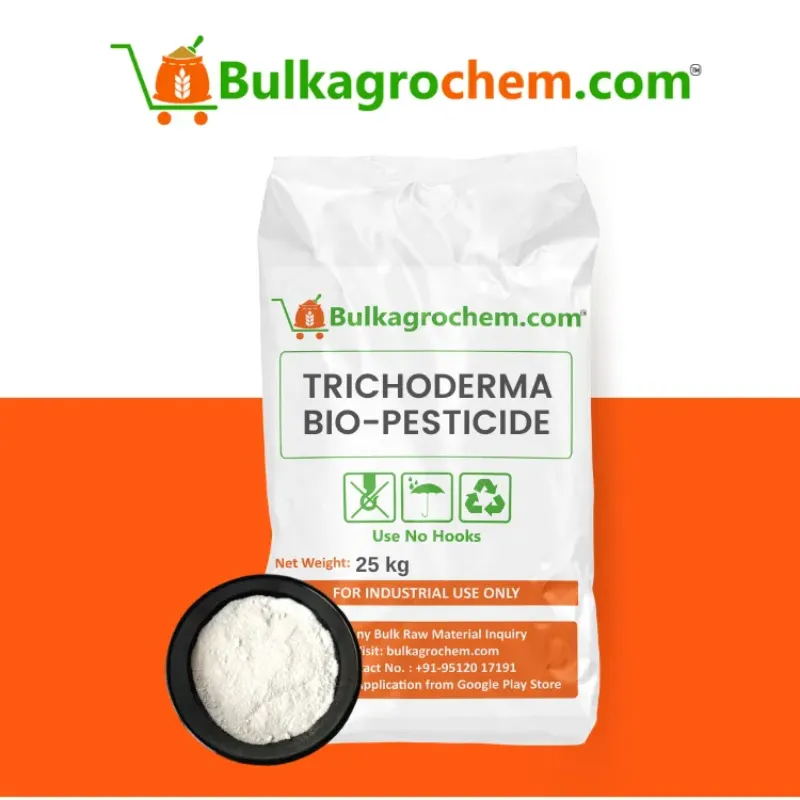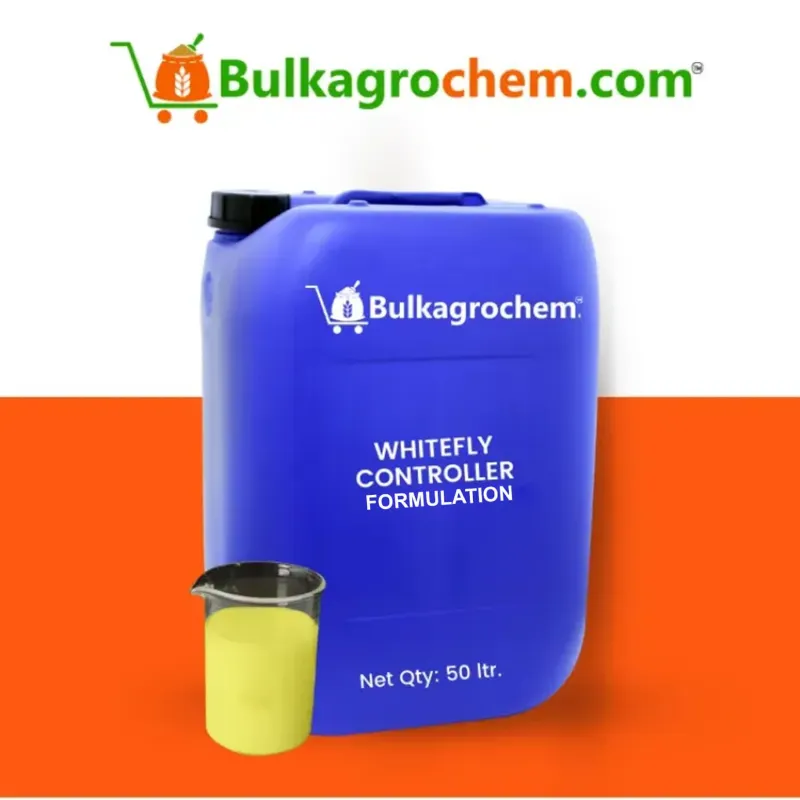Auxins PGRs enhance the potential in every seed and shoot by acting as the master key to auxin and plant growth regulation. When properly applied as measured micro doses, auxins pgr compounds provide clear direction for cell elongation, root initiation and directional path growth, rather than simply providing nutrition like a normal fertilizer.
The power of auxins actions resides in the ability to loosen cell walls and induce gene expression to allow for rapid expansion of the germinating plant. Whether you are establishing stronger transplants, creating a canopy explants or producing fruit at the same time, supplementary auxin and plant growth dose will ensure each plant development stage occurs at the exact moment to which the plant can respond.
By incorporating auxins pgr into your normal plant feeding program you will turn each spray application into a dual action feed - metabolic feed and precision hormonal signalling. Understanding “when to apply PGR” and the correct auxin dose, crops, growers and gardeners can achieve uniform stands, good fleshy root establishment and the potential to keep producing with higher levels of variability and yields.
Introduction to Auxins PGR and Their Role
Auxins PGR are specialized plant hormone growth regulators that serve as master regulators of development coordinating everything from root formation to shoot elongation. They allow growers to manipulate plant development and growth by mimicking or promoting a plant's natural auxin levels, allowing for precise manipulation of development especially with seedling establishment or in controlling canopy height.
Key Functions of Auxins PGR:
- Stimulate cell elongation in stems and roots
- Direct root hair proliferation for better nutrient utilization
- Regulate tropic responses by directing shoots towards light and roots towards gravity
What “auxins PGR” Means in Modern Agriculture
"Auxins PGR" on modern farms means using formulated products, natural or synthetic, to apply auxin compounds at specified rates to overcome specific crop challenges, such as poor establishment of young transplants, uneven blooming of flowers, or lodging of cereals. Crop management practices have changed in agriculture—from more generalized reactive practices to incorporated auxin-based regulatory proposals that may be more specific and predictive.
Examples of Current Auxins PGR Uses:
- Root dip applications for consistent survival of transplants
- Pre-flower applications to reduce blossom drop in fruit crops
- Stem-stretch applications in sugarcane to increase biomass
How Auxins Differ from Other Plant Growth Regulators
All PGRs modulate growth, but auxins are distinctive in their dual extension to root and shoot systems. Cytokinins are principally responsible for cell division; gibberellins are responsible for stem elongation and seed germination, but auxins are the first step in establishing whole plant architecture that regulates root-to-shoot ratios. As the primary regulator of growth, auxins are a great starting point for any PGR strategy.
Auxins vs. Other Regulators:
- Cytokinins: Stimulate cell division while dependent upon auxins to create "sinks" for cell division.
- Gibberellins: Induce stem elongation; auxins are required for construction of the vascular system to allow for distribution of nutrients.
- Ethylene regulators: Control ripening and abscission while working downstream of auxins that control gradients.
Why Precise Auxin and Plant Growth Dosing Matters
Accurate dosing of auxin is pivotal in achieving the correct signal strength at the best timing. A low dose prevents a plant from turning on the required pathways needed for new things to happen, while a high dose may cause unnecessary side effects, such as elongation or prohibiting flowering. By refining the auxin and growth dose to the plant, growers will gain the positive impacts of strong rooting, a canopy of balanced growth, and matching flowering phases, while reducing waste with less impact on the environment.
The best practices for dosing auxin are:
- Calibrate your spray equipment and drench equipment so that applications are at the microgram level.
- Follow the label-recommended ppm rates: rooting 5-20 ppm; bloom enhancement 10-30 ppm.
- Timing of application ascribed on your crop phenotype: seedlings as roots; pre-anthesis for fruit set.
- Observe plant response and modify subsequent dosing by ± 10 % to calibrate efficacy seasonally.
The Science Behind Auxins and Plant Growth Regulation
Auxins PGR are at the heart of "auxin and plant growth," serving as mobile signals organizing development through tissues. Auxins regulate gene expression and cellular activity, but fundamentally they allow plants to respond dynamically to internal and external needs of the plant. Knowing and understanding these pathways makes it possible for growers to use auxins PGR intentionally, driving crop architecture, enhancing resilience to stressors, and yield.
Cellular Mechanics of Auxins PGR Action
At the cellular level, auxins PGR bond to TIR1/AFB receptor complexes in the nucleus, changing the fate of AUX/IAA repressor proteins that become degraded. Once degraded, the AUX/IAA free up the ARF transcription factors to turn on auxin-responsive genes that:
- Loosens the cell wall, through induction of expansin proteins, allowing the cells to elongate in stems and roots.
- drive polar transport via the PIN efflux carriers creating polar gradients of auxin for tropisms.
- Regulate vascular differentiation to develop xylem and phloem patterning that is crucial for transpiration and nutrient movement.
Smart and precise dosing auxins PGR will enable the cellular events above to happen at the right time and the right strength while limiting off-target side products like uncontrolled proliferation of tissues.
Natural vs. Synthetic Auxins Pathways
Synergy of Auxins with pgr Fertilizer Nutrients
The pairing of auxins PGR with a neutral pgr fertilizer enhances this powerful synergy by combining hormonal signaling with critical nutrition:
- Enhancing the root-zone: Auxin-mediated root development increases surface area to absorb nutrients, which enhances the effectiveness of N-P-K applications.
- Supporting shoot vigor: The nutrient content of the fertilizer supports rapid cell expansion that auxin signals are creating, resulting in a greater rate of canopy development.
- Reducing stress: Foliar applications of micronutrient-auxin combinations in a growing media or via top-up service provides the plant with a physiological advantage to maintain photosynthetic efficiency during heat or drought stress.
Integrating auxin and plant growth regulators into your crop fertilizer program will ensure that every molecule of every nutrient spent is directed throat effective growth phases, maximizing ROI while helping your crops be successful.
Key Benefits of Using Auxins PGR
Auxin PGR act as master regulators of auxin and plant growth will allow precise signals from cellular to the whole plant level. By fine-tuning root initiation and stimulating shoot elongation and stress responses, auxin PGR unleash genetic potential turning commonplace grower fertilizer into precision growth action.
Auxins-Driven Root Proliferation for Stronger Plants
Auxin PGR stimulate native lateral and adventitious roots to form dense networks of feeder roots allowing a plant to anchor itself and improve nutrient uptake.
- Better establishment: Treat transplants with 50 ppm IBA, before planting to stimulate root hairs from transplanting to start in less than 48 hours.
- Better nutrient mining: More roots tap into soil moisture and grow deeper and wider into the soil to access phosphorus and other needed micros that build leaf and fruit biomass.
- Stress recovery: The root burst of growth allows plants to recover faster from drought or transplant shock by helping to or restoring water uptake.
Enhanced Stress Tolerance via Auxin and Plant Growth Signals
Apart from rooting, auxins PGR also stimulate stress-response genes that enhance stress tolerance during heat waves, flooding, or salinity exposure.
- Methods of Drought Priming: A soil drench of a low-dose auxin can be applied to plants before a heat event and trigger stomatal regulation and reduce water lose by 15 %.
- Methods of Enhancing Flood Resilience: Auxin applied during waterlogging periods can increase levels of endogenous auxin and promote adventitious roots at the soil surface level, and increase the levels of oxygen uptake.
- Methods of Cherry Salinity Tolerance: Auxin can induce cells to produce osmoprotectants to help retain osmosis pressure in saline soils, keeping the cells turgid and their ability to wilt under saline conditions.
Resource Efficiency with Targeted Auxin Dosing
By accurately dosing auxin PGR's, the timing of hormonal signals can be aligned with fertiliser applications, decreasing input costs while maximising biomass.
- Nutrient Placements should be better coordinated with Roots: roots tend to proliferate when we apply nutrients - they will follow where we apply them and therefore reduce N-P-K use by -10 - 15 %.
- Water reduction: greater depth root systems seem to allow us to reduce the frequency of irrigation by 20 % (under commercial conditions).
- Fuel reduction: With the possibility of applying less volume of product we also make use of less fuel and decrease greenhouse gases during the application reduce (where there are less target spray drift).
Growers can achieve large areas with uniform stands and controlled metabolism processes (resulting in predictable yields), and easily manage them externally as a more sustainable resource, leading to healthier crops and using fewer inputs (in terms of water, labour, product, energy).
Top Applications of Auxins in Agriculture & Horticulture
Auxins plant growth regulators (PGR) are now a standard tool across types of crops, and aid with uniform establishment, yields and even plant architecture. Their spectrum of capability allows we to coordinate auxin and plant growth from seeding through harvest, from large cereal fields to ornamental production in greenhouses.
Stimulating Seedling Roots with Auxins PGR
I recommend micro-dosing auxins PGR's, in either seeds or young transplants to develop a robust root system to stabilise plants and increase initial uptake on nutrients.
- Seed Soaks: soaks the seeds or seeds and gel in a 100 ppm IBA solution for a few minutes before seeding. This could enhance both germination time and r oot emergence from germinating seeds by over 20%.
- Root Dips: Instantly drenching nursery plugs with (10 ppm) NAA before transplanting reduces plant shock and increases survival rates to above 95% for most cuttings.
- Soil Application: granules containing auxin could be placed around the seedling or established first under growing conditions particularly for lateral root branching and drought resistance, over levels set by the producer.
Improving Fruit Set through Auxin and Plant Growth Timing
Consistent fruit development and the avoidance of blossom drop are ensured by carefully timing auxin applications:
- Before-Bloom Mists: Three days prior to flowering, a foliar mist containing 15 ppm auxin can reduce fruit abscission in peppers and tomatoes by as much as 30%.
- Post-Pollination Support: Five to seven days after pollination, a second auxin treatment promotes cell division in the ovaries that are still developing, resulting in larger, more consistent fruit.
- Controlled Ripening: Auxin timing can synchronize ripening windows for more efficient harvest operations when used in conjunction with other growth regulators.
Crop-Specific Auxin Programs: Cereals, Vegetables & Ornamentals
Crop-specific auxin PGR protocols reflect distinct growth patterns and market demands.
- Cereals: rice and wheat By improving tiller survival, a low-rate auxin drench at tillering raises the effective headcount per square meter.
- Vegetables (cucurbits, lettuce): Auxin soil drenches at the seedling stage promote quick root growth, cutting production cycles by one week.
- Ornamentals (Bedding Plants, Roses): Cuttings treated with auxin-based gels standardize rooting times, resulting in consistent tray fills and timely sales.
Selecting and Applying the Right Auxins PGR
Effective auxin PGR selection and use necessitates knowing the strengths of each compound, calibrating your application tools, and precisely timing each spray or drench. Here are some tips to help you maximize the benefits of auxin and plant growth signals at each stage of development.
Choosing Between IAA, IBA and Synthetic Auxins
Both synthetic and natural auxins have unique benefits.
- Indole-3-Acetic Acid, or IAA, is a naturally occurring auxin that blends in perfectly with plant metabolism but degrades rapidly when exposed to UV light.
- Indole-3-Butyric Acid (IBA): Better for rooting treatments in cuttings and transplants, more stable than IAA.
- Artificial Auxins (NAA, 2,4-D): Perfect for large-scale applications where consistency is crucial, this product is engineered for uniform activity and extended field persistence.
Choose IBA for nursery root initiation, IAA for mild, organic-focused programs, and synthetic auxins for strong, consistent results under a variety of environmental circumstances.
Dosage Calibration & “When to Apply PGR” Tips
Trials become dependable results when the auxins PGR dosage is correctly applied at the right time:
Calibration: Make sure the nozzle output satisfies the label's recommended ppm, which is normally 5–20 ppm for IBA dips and 10–30 ppm for bloom sprays, using a graduated cylinder or inline flow meter.
Time:
- Rooting: When meristematic activity is at its peak, apply during the transplant or cutting stage.
- Flower Set: To minimize drop, spray three to five days prior to bloom.
- Stress Events: Apply a small amount of auxin 24 hours prior to the predicted heat or drought.
Strict adherence to a schedule guarantees that auxin signals align with the plant's innate readiness, optimizing uptake and impact.
Integrating Auxins into pgr Fertilizer Tank Mixes
Auxins PGR makes applications easier and improves synergy when combined with your regular nutrient program.
- The addition's order: Water → N-P-K fertilizer or base organic fertilizer → Micronutrients → Auxin PGR last.
- pH Control: To preserve auxin molecules and nutrient chelates, buffer spray solution to a pH of 5.5 to 6.5.
- Compatibility Checks: Before field application, conduct a small-volume jar test to make sure there is no precipitation or separation.
Frequently Asked Questions (FAQs)
Q1 What exactly is an “auxins PGR” versus other PGRs?
Auxins PGR are hormone treatments specifically targeting cell elongation and root initiation, whereas other plant growth regulators like cytokinins or gibberellins focus on cell division or stem stretch.
Q2 How do I choose the correct auxin type for my crop?
Select IBA for rooting and transplant setups, IAA for broad-spectrum endogenous signaling, or synthetic NAA for uniform fruit‐set timing, based on your specific auxin and plant growth goals.
Q3 When is the best time to apply auxin and plant growth treatments?
Apply auxins PGR during active meristem stages—at seedling transplant for roots or 3–5 days pre-anthesis to secure bloom and fruit set.
Q4 Can auxins PGR be blended with standard fertilizers?
Yes—add auxins PGR last into a buffered (pH 5.5–6.5), low‐EC fertilizer tank mix to deliver both nutrients and targeted growth signals in one pass.
Q5 Are natural auxins suitable for organic agriculture?
Absolutely—organic-certified IAA or microbial auxin producers integrate seamlessly into auxin and plant growth programs without synthetic residues.
Conclusion: Embrace Auxins PGR for Superior Crop Performance
Precision agriculture has advanced with Auxins PGR, which combines nutrient management and hormonal signaling to produce balanced, high-yielding crops. You may fully utilize auxin and plant growth pathways for stronger, healthier plants by incorporating targeted auxin applications into your routine procedures. This will help you guide root and shoot development in accordance with environmental conditions.
Principal Advantages Review and Best Practices
- Networks of Uniform Roots: Consistent establishment throughout the field is guaranteed by auxin-driven root proliferation.
- Synchronized Flowering: Accurate pre-anthesis sprays increase the dependability of fruit set and decrease blossom drop.
- Stress Mitigation: Prime defense genes for heat, drought, or transplant shock are applied at the right time by auxin.
- Dual-Action Feeding: By combining auxins with pgr fertilizer, nutrients and signals are delivered in a single, effective pass.
Next Steps: Trial Plots, Record-Keeping and Dose Refinement
Start small by dedicating a section of your field or greenhouse to auxin-treated vs. untreated comparisons. Record every detail—product name, concentration, timing, weather and observed growth—to build an empirical basis for your dosing strategy. Refine your auxins PGR rates seasonally, adjusting by 10–20 % to match evolving crop responses and local conditions.
Actionable Steps
- Establish replicate trial plots with varied auxin doses (e.g., 5, 10, 20 ppm).
- Log plant height, root mass and yield metrics weekly.
- Analyze data to identify the optimal pgr dose for maximum return on investment.
Call to Action: Start Implementing Auxin and Plant Growth Strategies Today
Applying an auxin spray during the upcoming transplant or pre-flower window will revolutionize your crop management. Purchase low-drift nozzles and calibration equipment to guarantee accurate auxin PGR delivery. Scale effective treatments across larger plots after tracking results with basic growth or chlorophyll measurements. You can achieve long-term improvements in yield, quality, and resource efficiency across your operation by implementing data-driven auxin and plant growth protocols.





